Arizona, despite taking measures to address water overuse in October, continues to grapple with the consequences of extensive groundwater drilling over several years.
The aftermath includes properties sinking in regions like McMullen Valley, with communities now situated three feet or more below their 1991 levels. A significant portion of this subsidence, nearly a foot, occurred since 2015, coinciding with the commencement of corporate drilling for groundwater.
Al Dahra has Sunk Wenden, AZ by Four Feet

The impact is not uniform across the state, and some areas, such as the town of Wenden, witnessed more severe consequences.
Corporate activities, particularly by entities like Al Dahra, an Emirati-based company, have led to the sinking of the entire town by four feet. This alarming situation has prompted concerns from Arizona’s Attorney General Kris Mayes, who describes it as both stunning and horrific for the affected residents.
As the McMullen Valley Sinks, Aguila and Salome Go Down
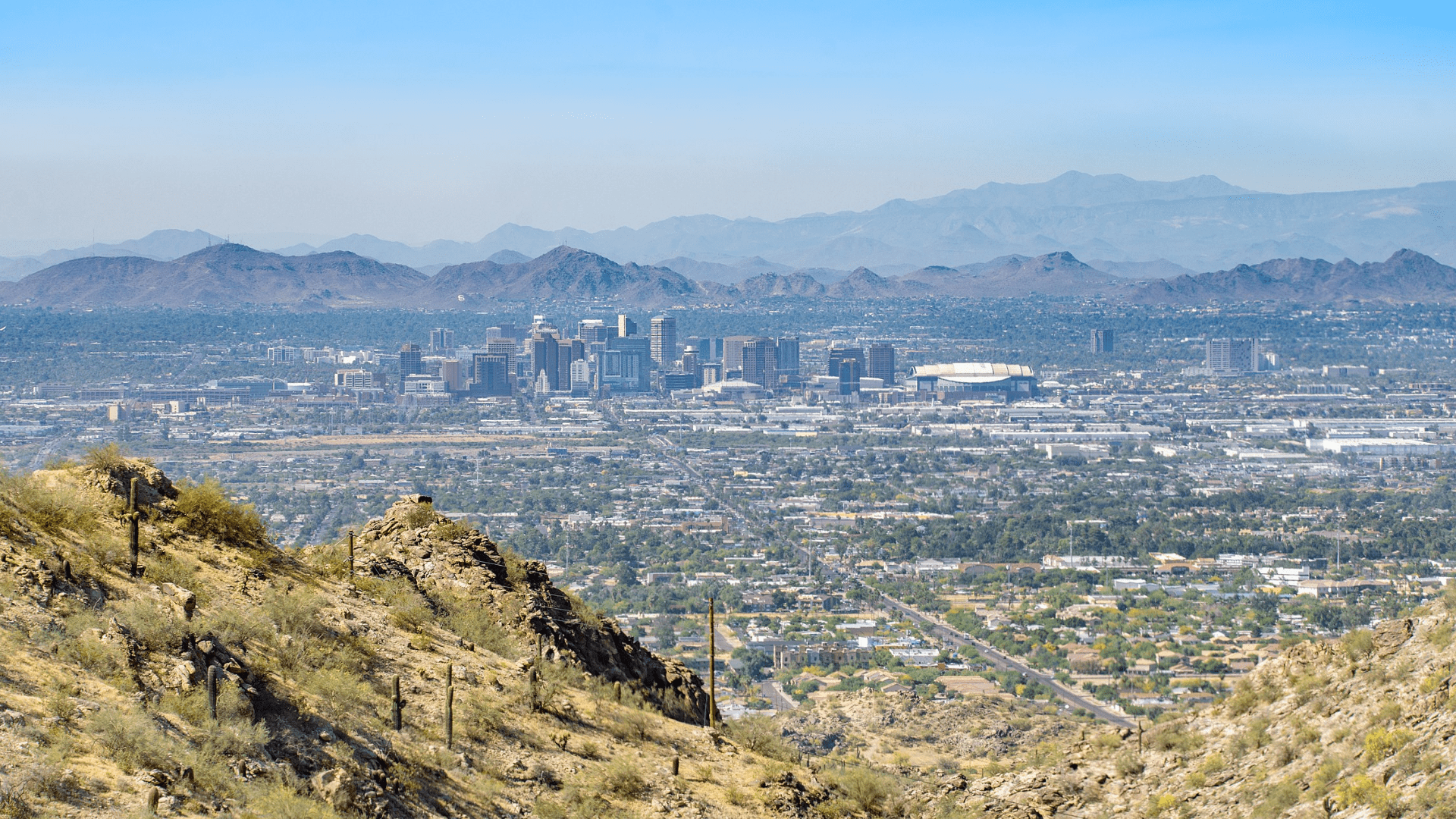
McMullen Valley, situated at the confluence of La Paz, Maricopa, and Yavapai counties and home to fewer than 3,000 residents in communities like Aguila, Salome, and Wenden, faces a critical challenge.
The majority of its inhabitants, consisting mainly of farmers and retirees, intend to spend their entire lives in the valley. However, they share a common problem that is exacerbating over the years–the sinking of their land.
Arizona Takes Stand

Efforts to address the issue saw Governor Katie Hobbs revoking a lease for a Saudi Arabia-owned farm in October.
Hobbs announced the cancellation of Fondomonte Arizona’s lease in Butler Valley and the non-renewal of three additional leases next year, signaling a significant shift in the state’s approach to managing its groundwater resources.
Fondomonte’s Lease Violations Uncovered
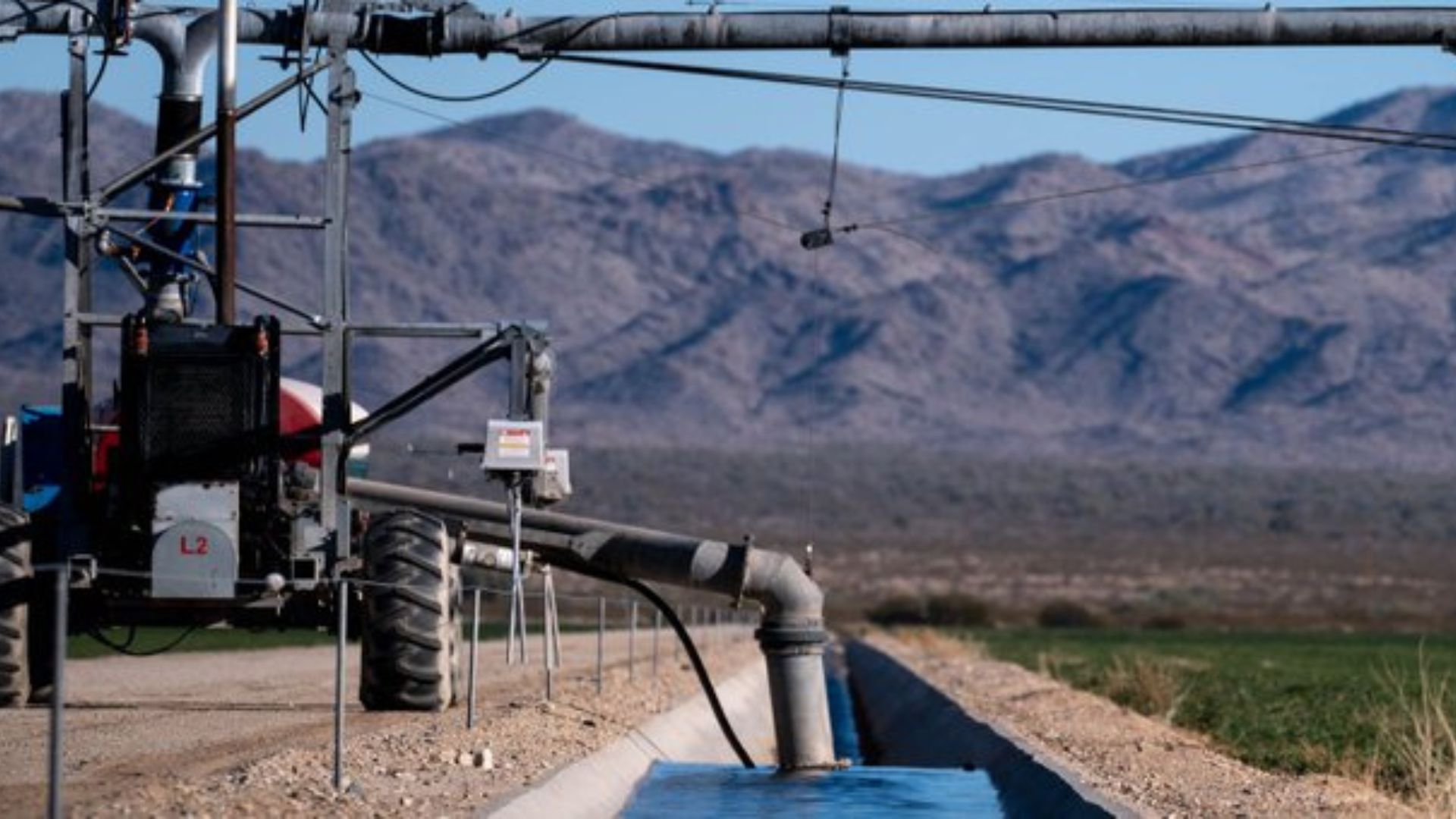
An investigation by Governor Hobbs’ office revealed that Fondomonte Arizona had not adhered to the terms of its lease agreements.
The farm was found to be in clear default by extracting substantial quantities of groundwater without restraint, a practice Hobbs deemed unacceptable, emphasizing the need for accountability and sustainable water use in the state.
The Controversy Over Alfalfa Cultivation

Fondomonte Arizona, part of Saudi Arabia’s Almarai Co., grows water-intensive alfalfa in Arizona to supply livestock back in the arid Gulf kingdom.
This practice has raised concerns given the significant water requirements for alfalfa cultivation— a crop that is banned in Saudi Arabia to conserve water resources, highlighting the global complexities of water management in agriculture.
Arizona’s Response to Environmental Concerns
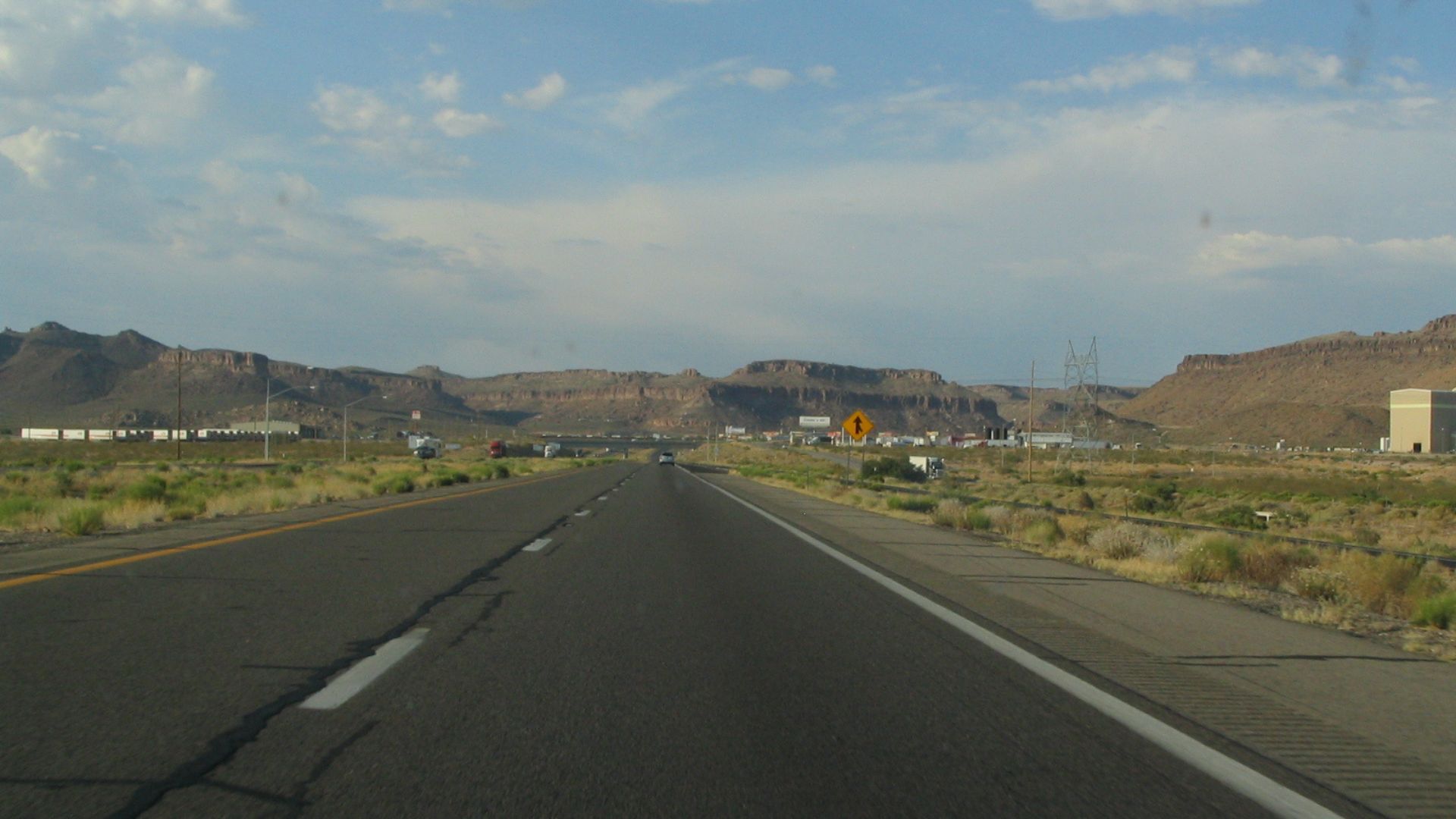
Following the discovery of unresolved lease violations, including improper storage of hazardous materials, Arizona’s State Land Department has taken decisive steps to terminate Fondomonte’s lease.
This action reflects the state’s commitment to safeguarding its natural resources and enforcing environmental compliance, even in the face of potential appeals from the affected company.
Companies Continue to Drill Under Arizona’s Relaxed Laws
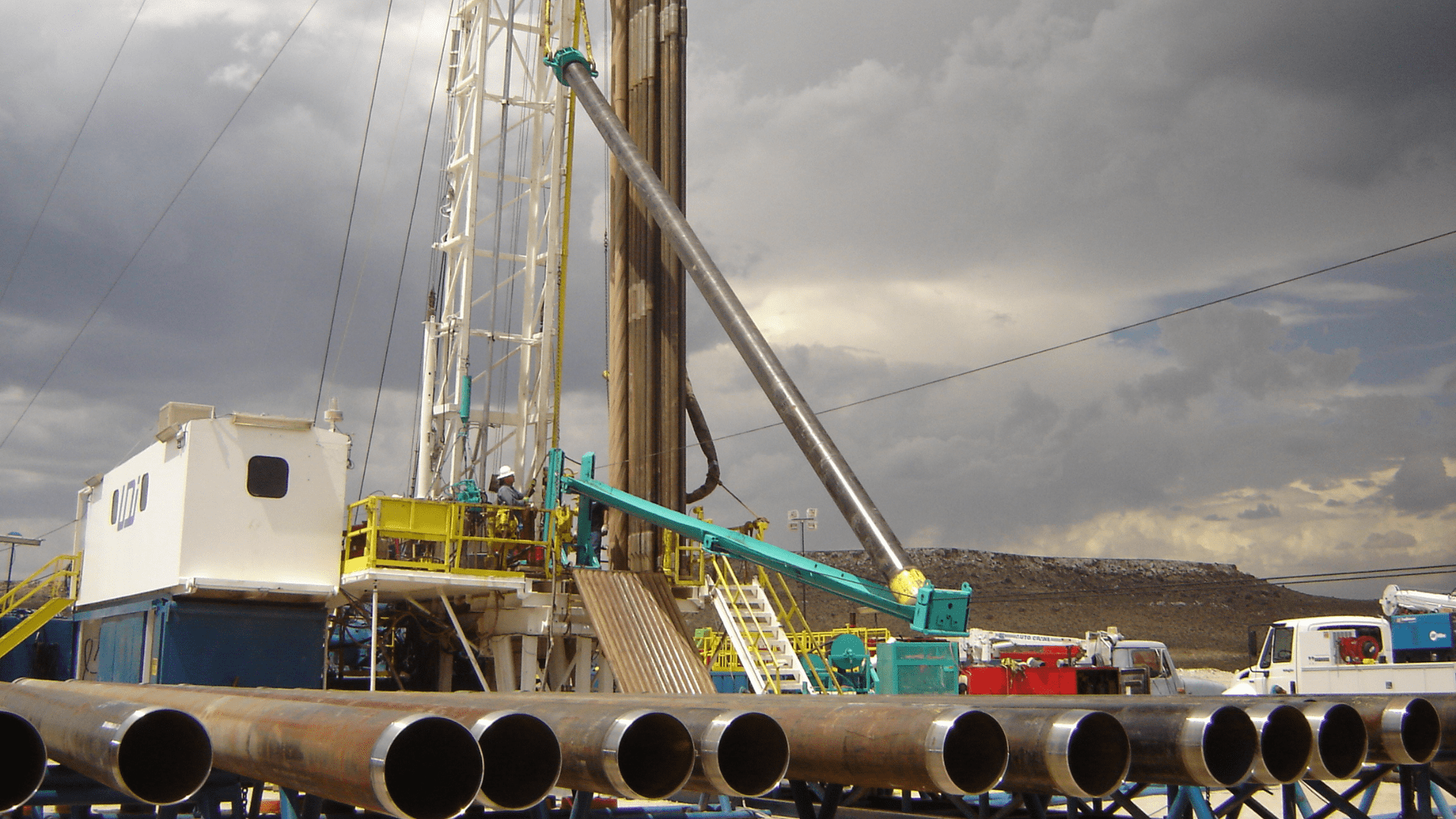
However, it appears that certain companies, including Al Dahra, continue drilling under the state’s relaxed water laws.
The persistence of corporate activities, even after regulatory interventions, raises questions about the effectiveness of current water management policies.
A Long-Term Drought has Existed in Arizona for Almost 30 Years
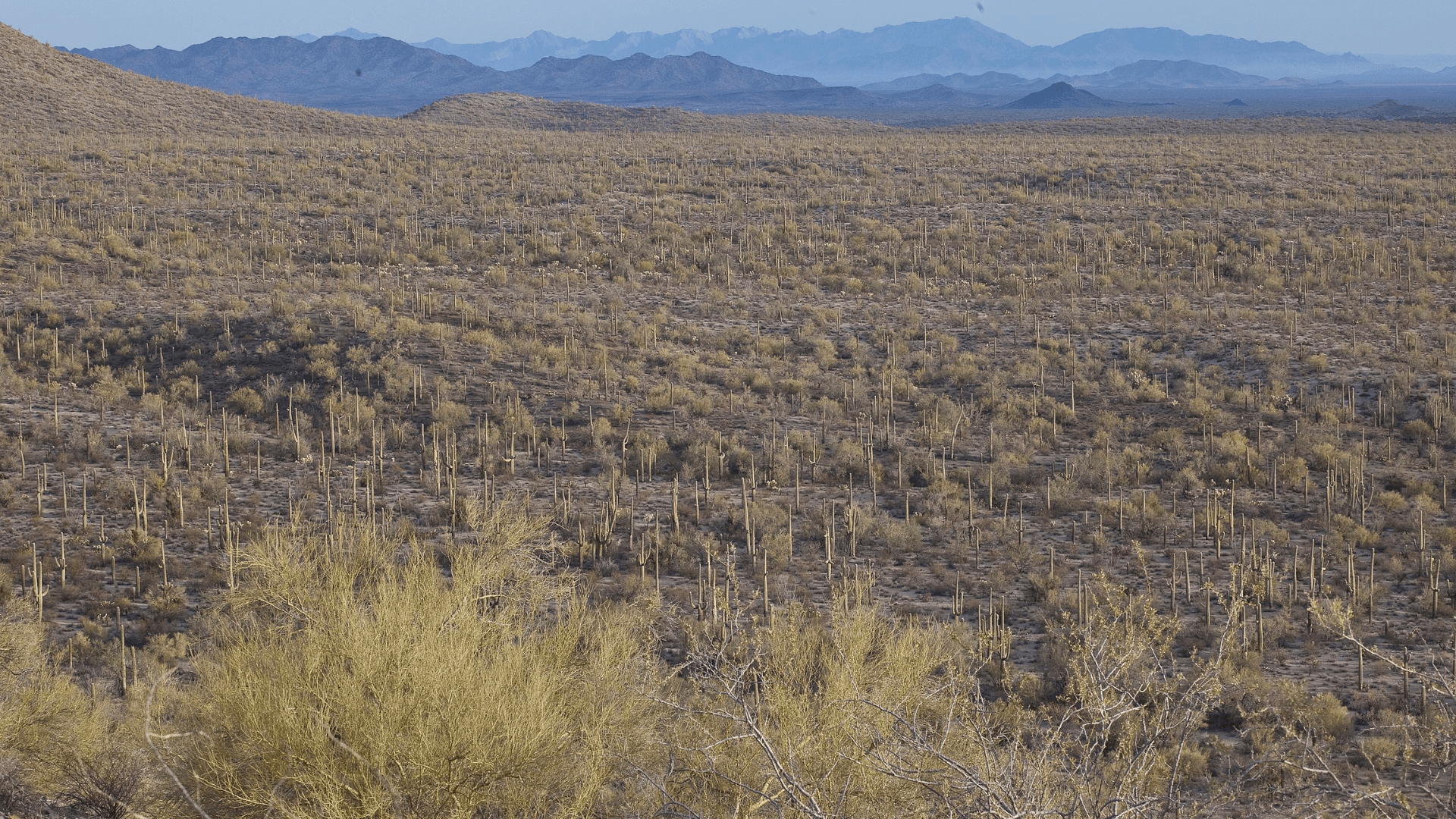
Adding complexity to the water crisis is the long-term drought that has persisted in Arizona since 1994.
While variable precipitation is a normal part of the state’s arid and semi-arid climate, the extended dry period, interrupted only by a limited number of wet years, has exacerbated the water scarcity issue. The canyon topography of the Western U.S., conducive to large reservoirs like Lake Mead and Lake Powell, provides some relief but is not a panacea.
Water Availability is Becoming Increasingly Scarce
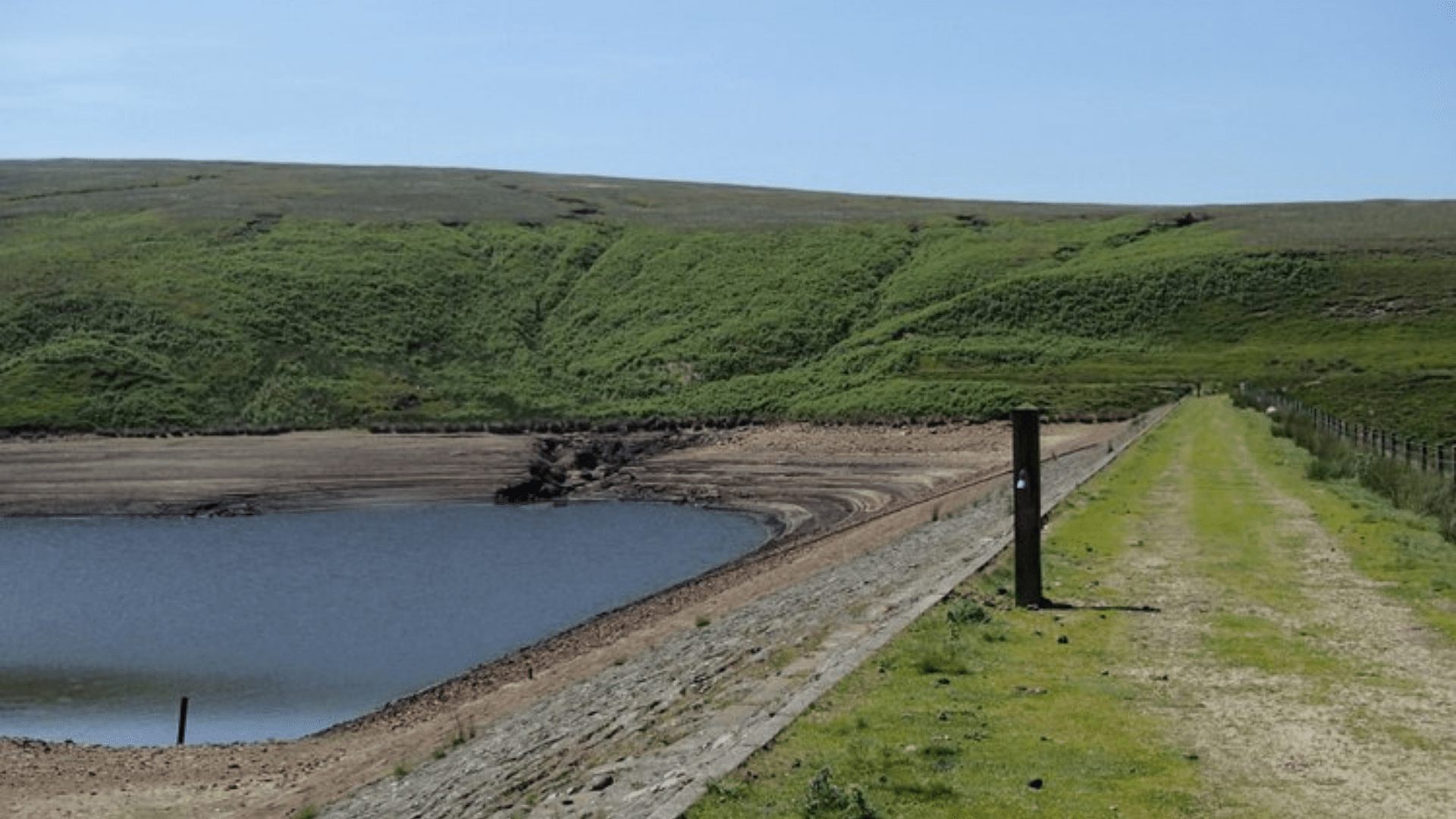
Historical data reveal the changing landscape of water accessibility. In 1957, farmers and corporations needed to drill only 107 feet to access water in the valley.
Today, the depth has significantly increased to 542 feet.
Only Well-Funded Companies Can Afford to Drill for Water
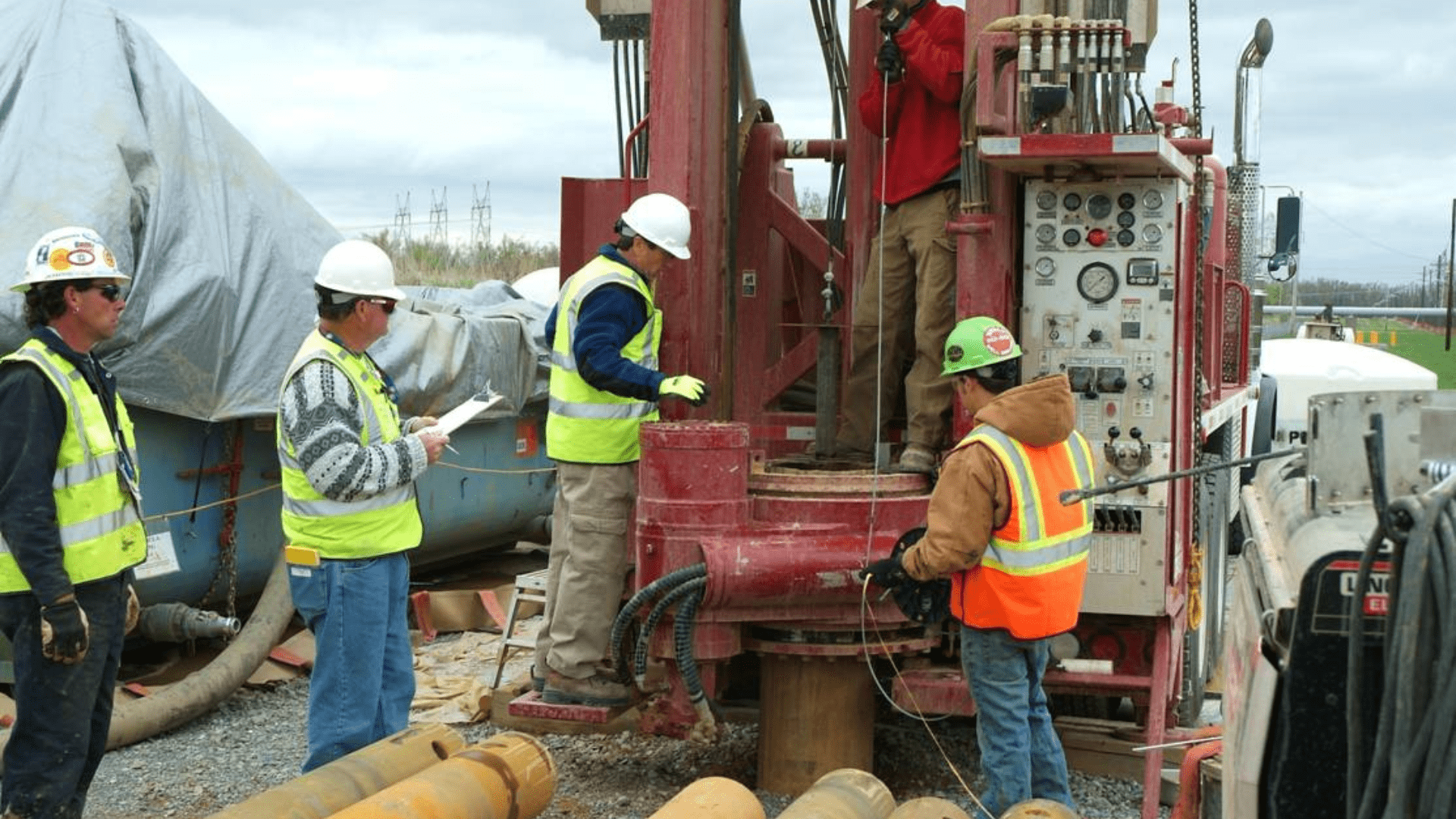
Well-funded companies, with the financial capacity to undertake such deep drilling, contribute to the strain on groundwater resources.
Reports of homes cracking due to subsidence from industrial farming highlight the urgency of addressing the crisis.
EPA Warns that Heat-Trapping Carbon Will Exacerbate Water Scarcity
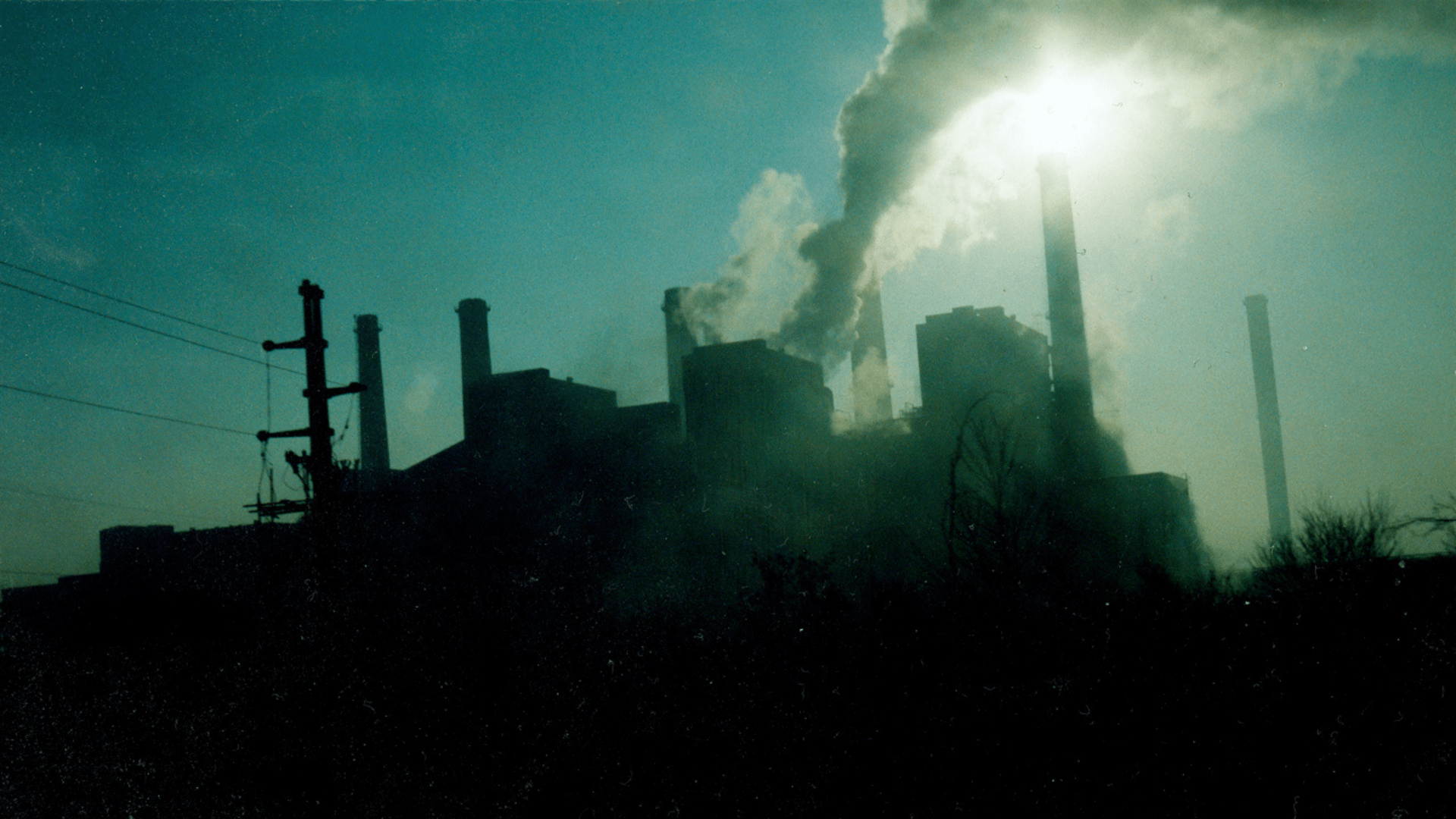
Arizona’s ongoing drought and the two-degree Fahrenheit increase in temperature over the past century underscore the challenging conditions.
The Environmental Protection Agency warns that the rising temperatures, coupled with a 40-50% increase in heat-trapping carbon since the 1700s, are likely to exacerbate water scarcity issues. The state’s reliance on groundwater is unsustainable, especially when considering the faster depletion compared to nature’s replenishment rate.
Imbalance Between Water Extraction and Replenishment
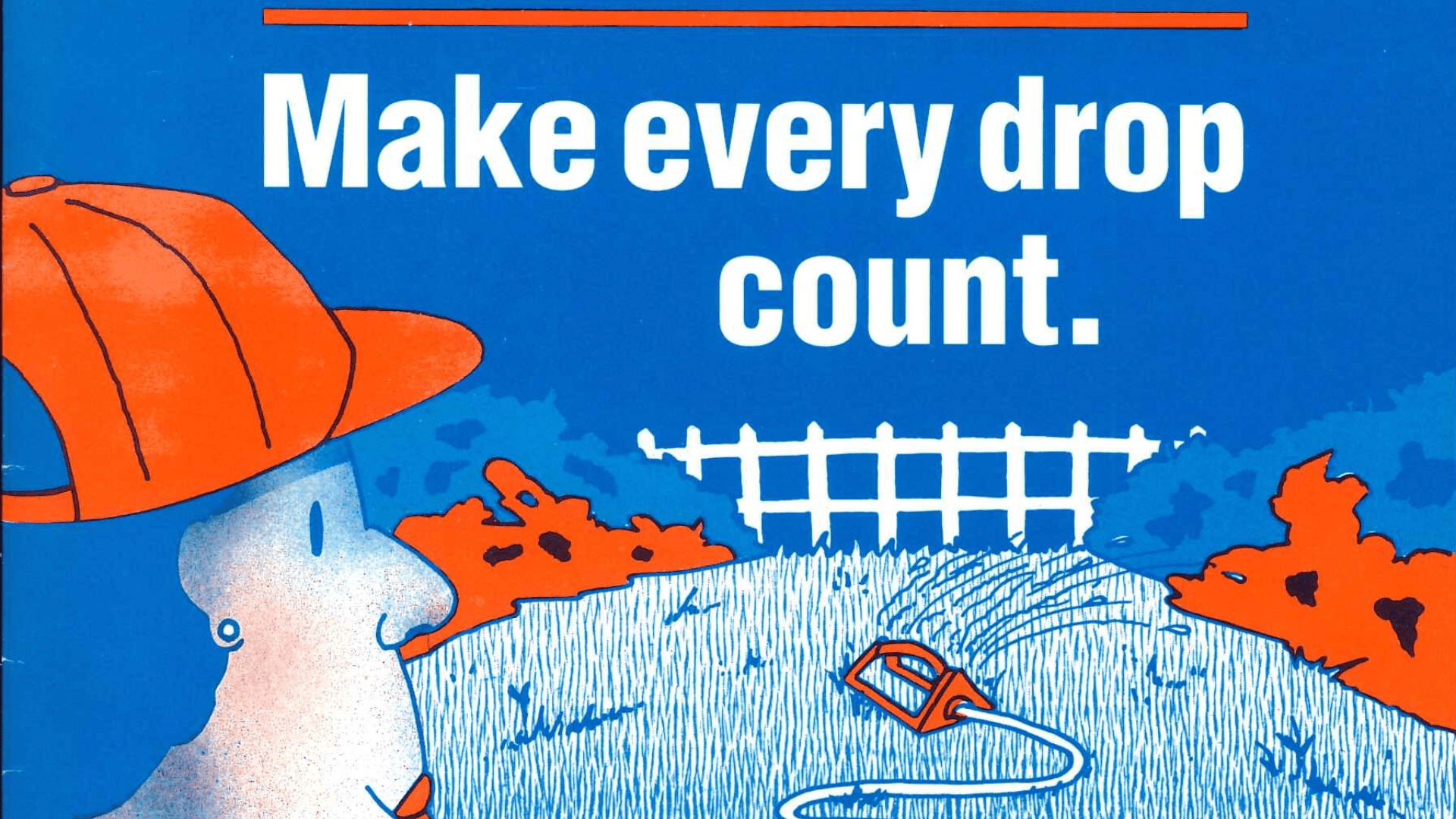
Sarah Porter, a natural resources expert, emphasizes the imbalance between water extraction and replenishment.
The urgency of the situation demands a comprehensive approach to water conservation and policy reform.
AI’s Impact on Arizona Water Supply

Microsoft’s data center in Goodyear, Arizona, is also significantly using the local water resources to support its operations, as reported by The Atlantic.
The facility, dedicated to cloud computing and artificial intelligence, requires substantial water for cooling purposes, reflecting a considerable environmental footprint associated with high-tech industry demands.
The Necessity of Water for AI Technology

Cooling systems for AI and cloud computing servers are essential to prevent overheating and ensure operational efficiency.
These systems consume large quantities of water, highlighting the substantial environmental costs associated with maintaining advanced technological infrastructure, particularly in resource-sensitive areas like Goodyear.
Microsoft’s Confidentiality on Water Usage
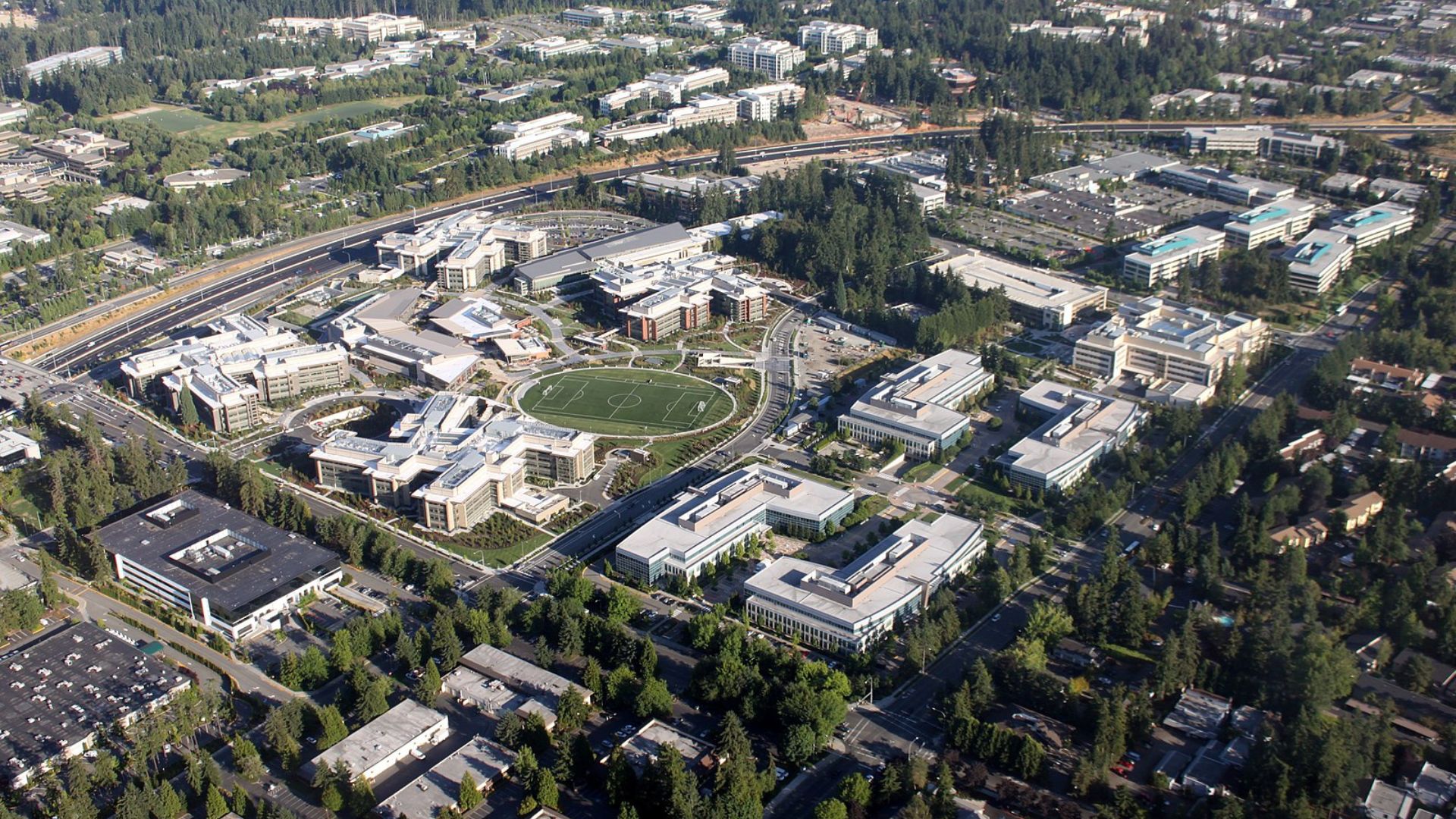
The exact details of water usage by Microsoft’s Goodyear data center are not publicly disclosed, being considered “proprietary” information.
The Atlantic notes this lack of transparency, raising questions about the accountability and environmental stewardship of tech giants, especially in regions where water is a critical and scarce resource.
Comparing Water Consumption

The Atlantic provides a startling comparison to illustrate the data center’s water usage: the facility is projected to use 56 million gallons of water annually, which equates to the yearly water use of 670 local families.
This statistic underscores the significant impact of such industrial activities on local water resources.
Historical Context and Future Implications
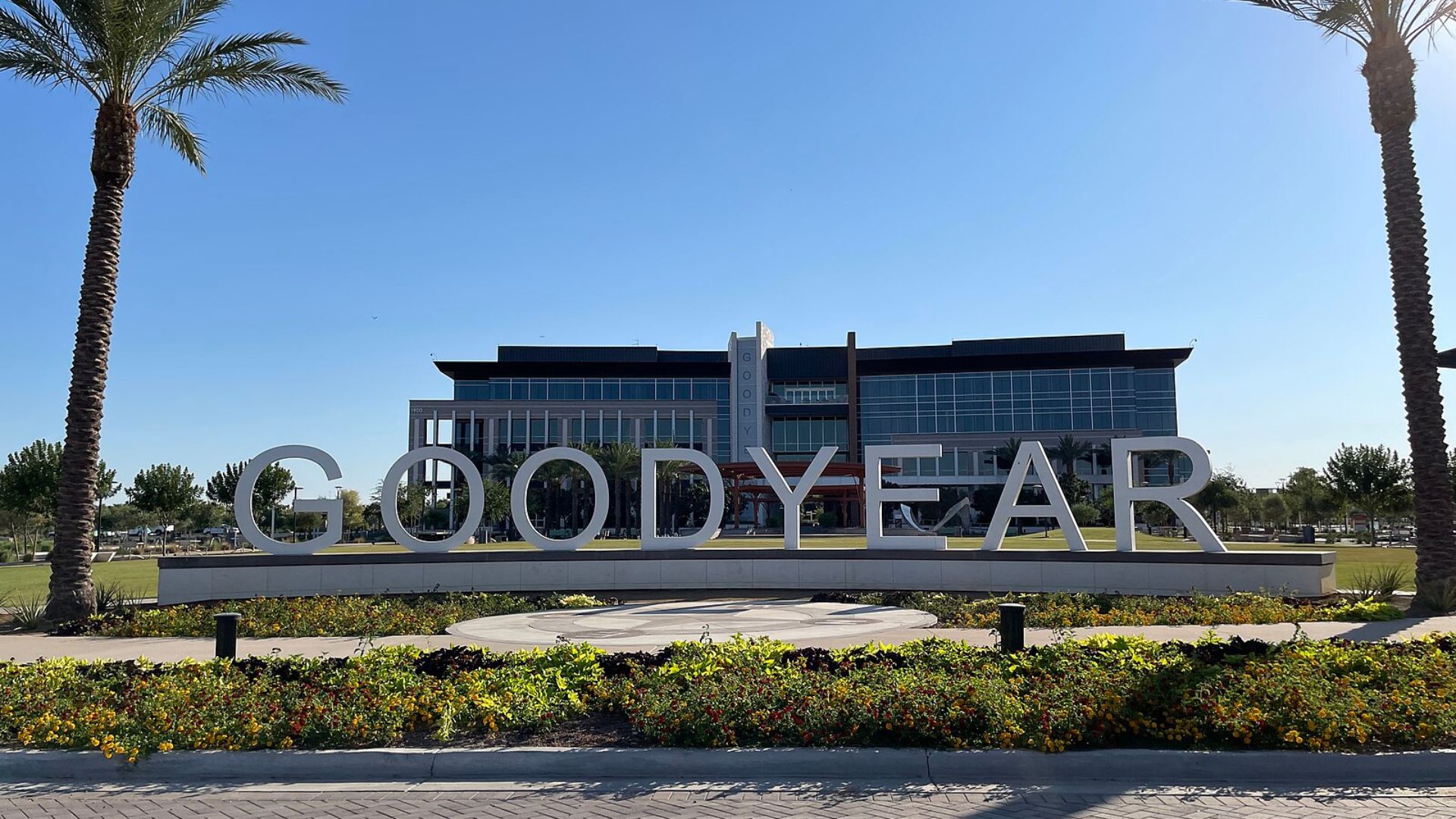
Since its announcement in 2019, Microsoft’s investment in the Goodyear data center has been a point of concern regarding local water supplies.
While the immediate effects on water availability for residents may be minimal, there is still the potential for long-term consequences for regional water security and community well-being.
Microsoft’s Proposal
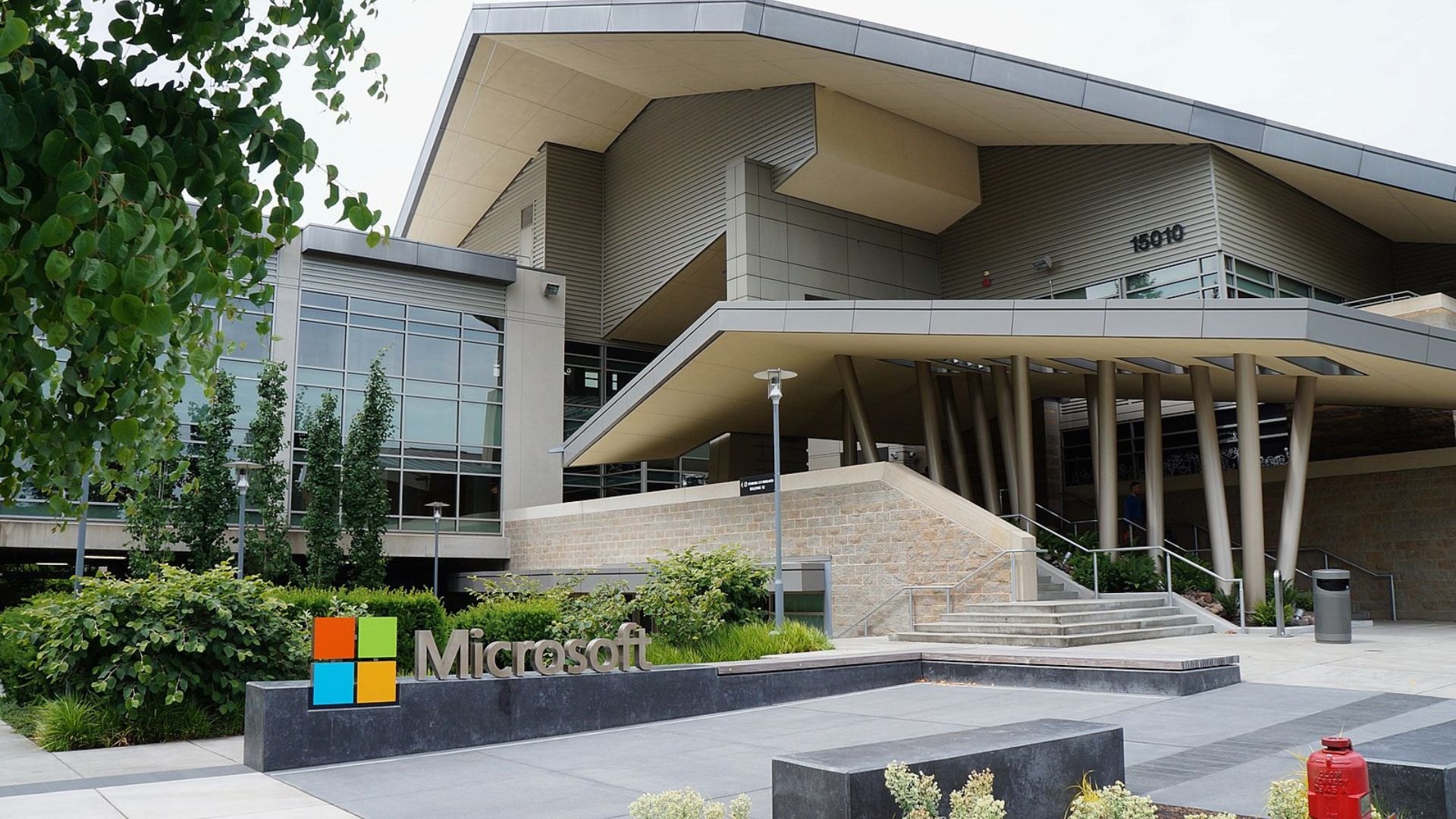
In Goodyear, a less economically developed region, Microsoft saw an opportunity for mutual benefit.
By 2021, the company had invested over $1 million in the community, focusing on STEM education, worker training, and environmental projects like tree planting and river cleanup.
The Environmental Context of Goodyear

Situated in the Sonoran Desert, Goodyear is particularly vulnerable to water scarcity.
The increasing demand for water by large data centers poses additional challenges in a region already facing environmental stresses, emphasizing the need for sustainable water management practices.
Legal and Regulatory Perspectives
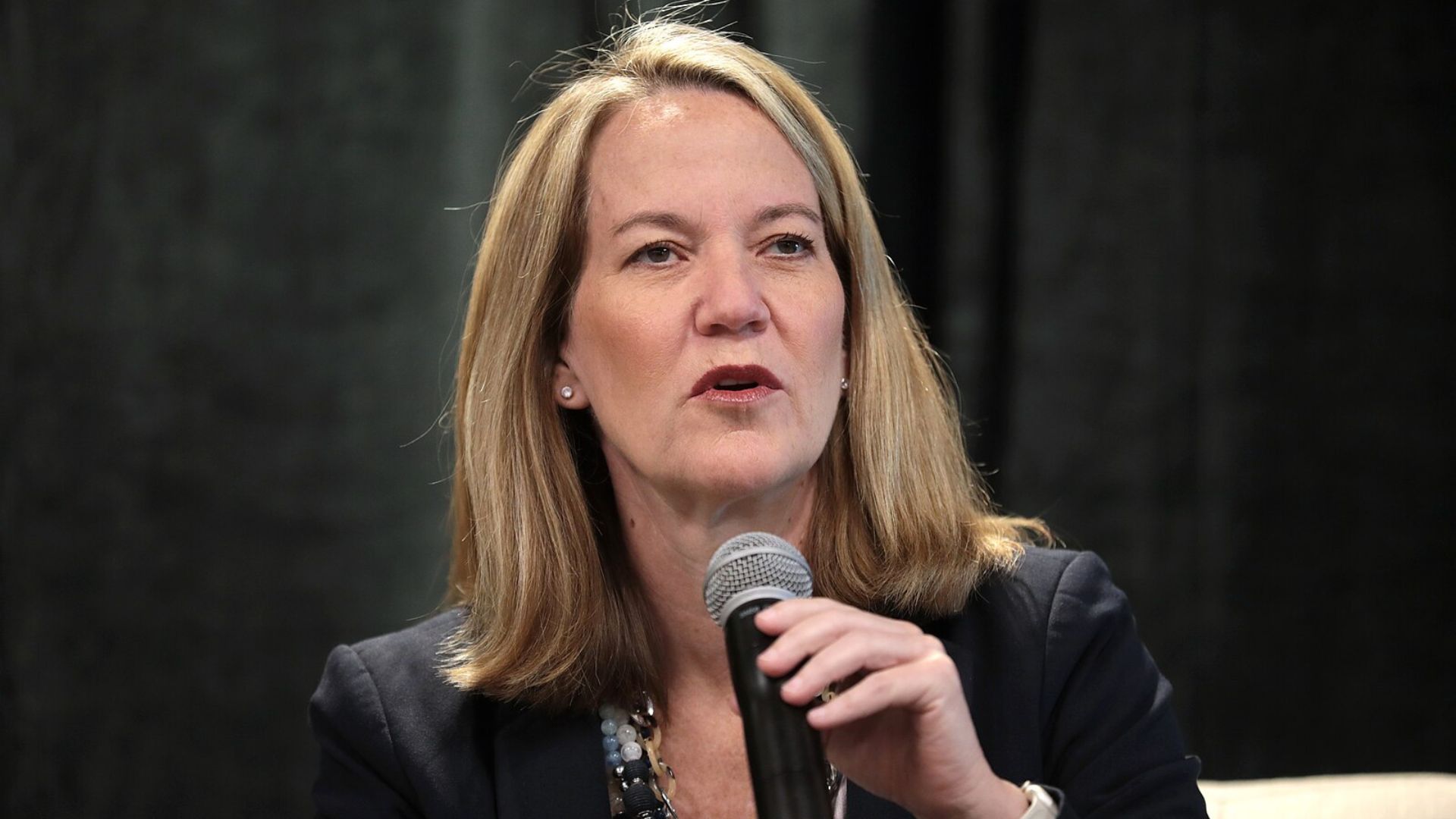
Arizona Attorney General Kris Mayes’ comments reflect concerns about the state’s future and the importance of making prudent decisions regarding industrial water use.
The need for regulatory oversight and strategic planning is crucial to ensure that technological development does not compromise environmental sustainability.
Overhauling Arizona’s Groundwater Laws

Arizona’s Attorney General Kris Mayes advocates for an overhaul of groundwater laws, proposing the establishment of more active management areas (AMAs) in the state.
This initiative aims to better regulate and monitor water use, ensuring a more sustainable approach to groundwater extraction.
Water Conservation Strategies in Arizona

La Paz County Supervisor Holly Irwin collaborates with other counties to develop water conservation strategies and secure funds for studying the impacts of groundwater depletion on communities.
This collaborative effort recognizes the interconnectedness of water challenges and the importance of sharing resources and knowledge.
Sinking Communities in Arizona Require Immediate Action
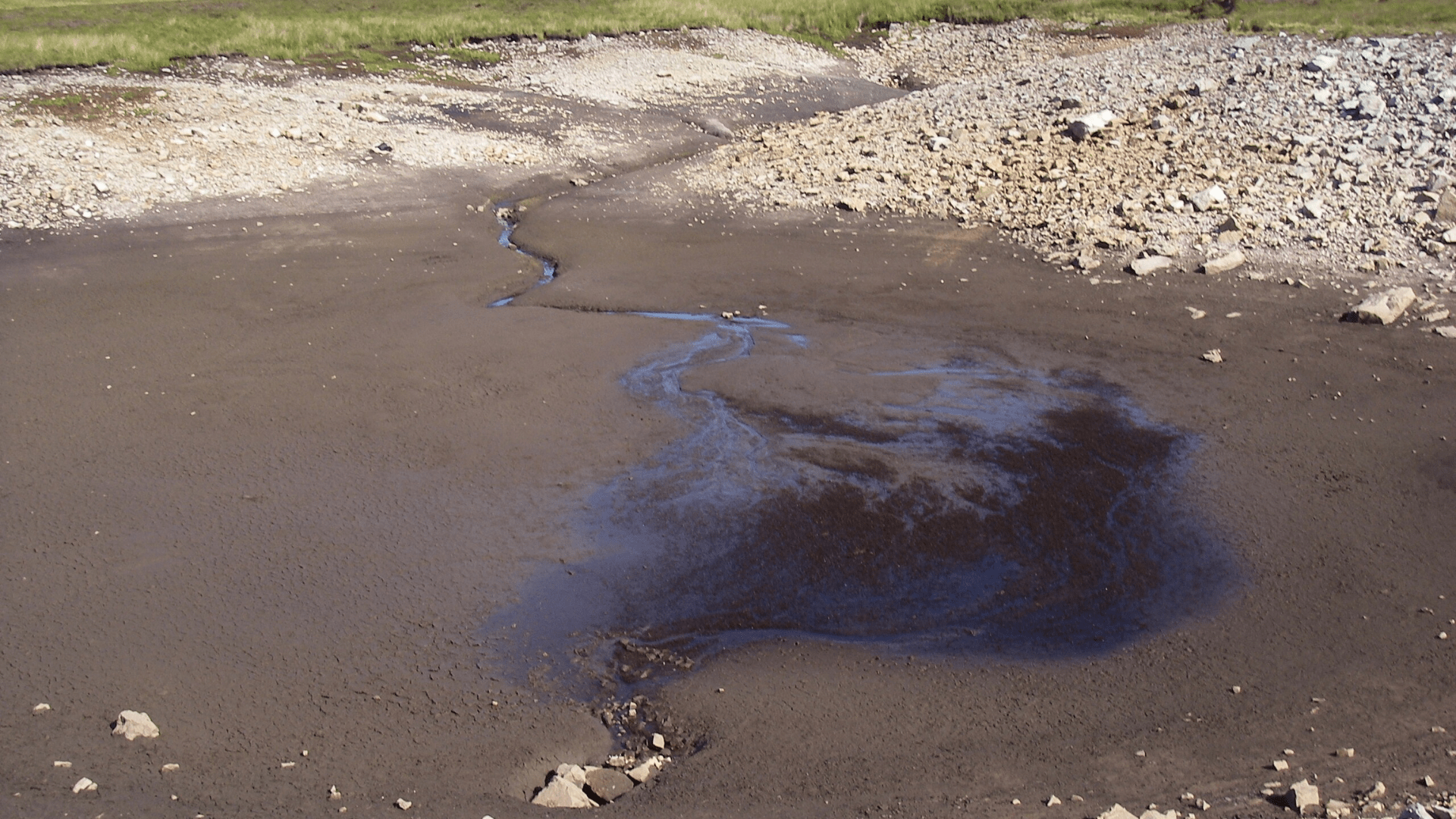
Arizona’s water crisis is multifaceted, involving a combination of historical over-extraction, prolonged drought, and climate change. The sinking of communities and the environmental impact of corporate activities underscore the need for immediate and comprehensive action.
Reforms in groundwater laws, increased conservation efforts, and collaborative strategies are essential components of a sustainable solution. As Arizona navigates these challenges, it serves as a case study for regions worldwide grappling with the complex interplay of human activities and environmental consequences.
